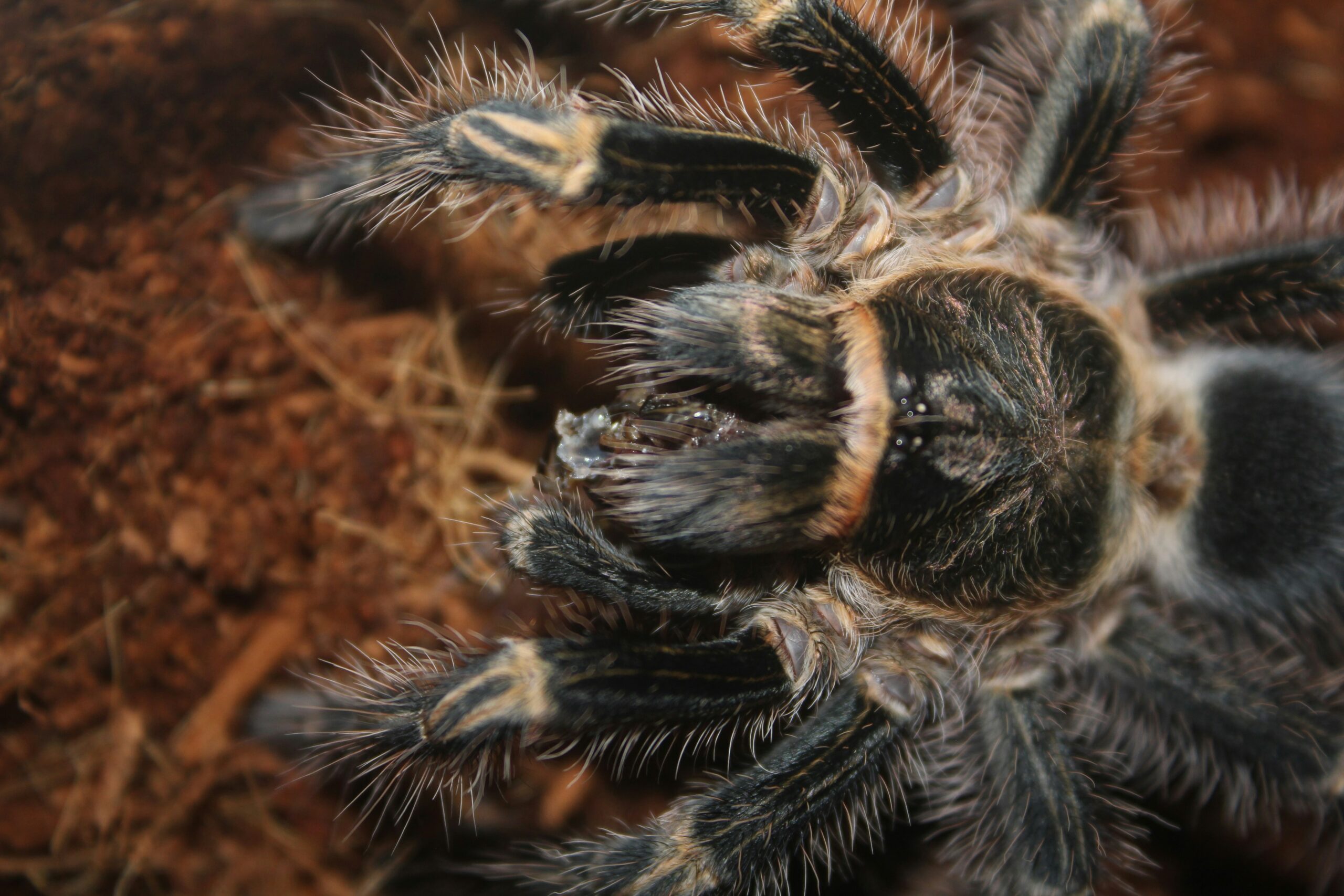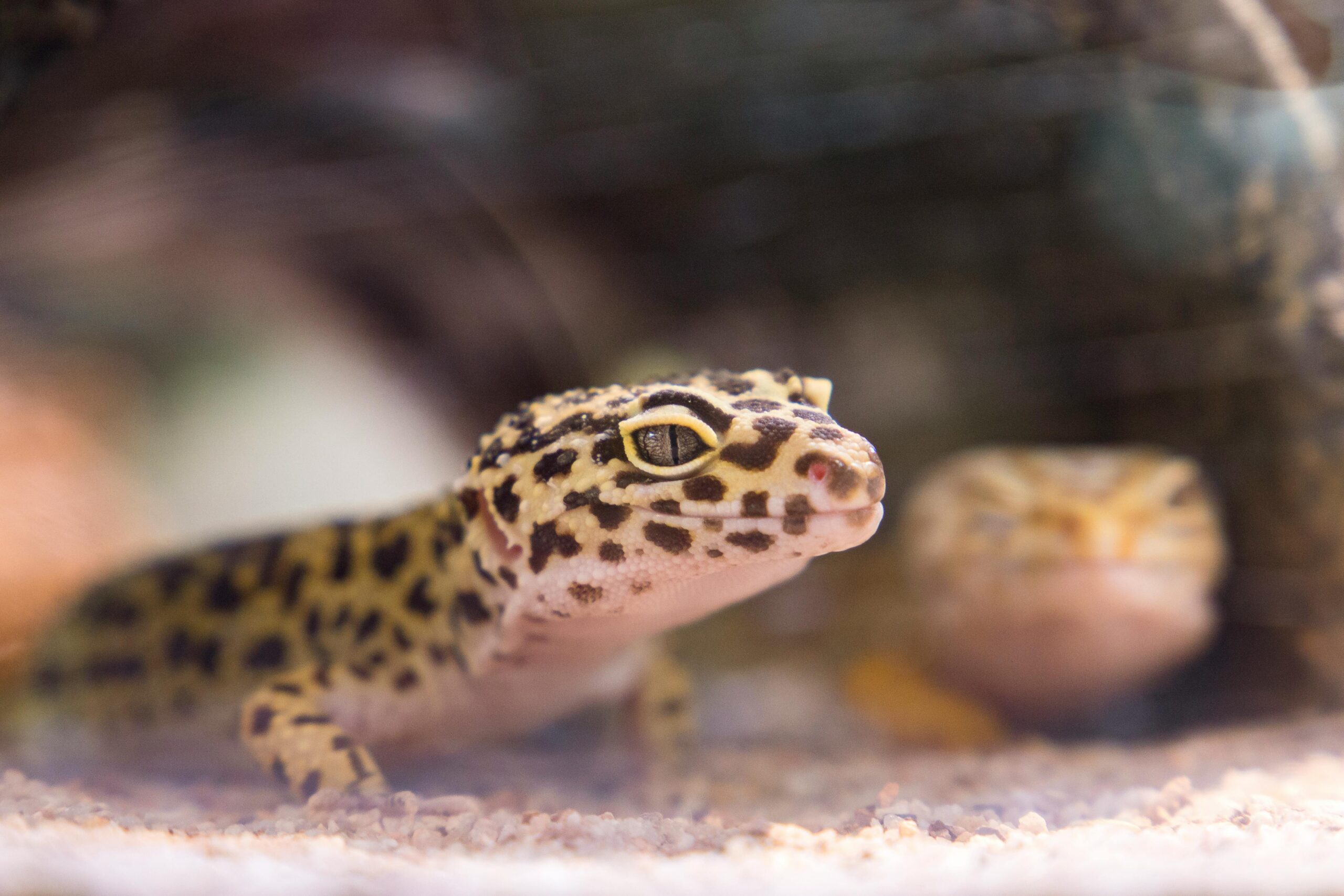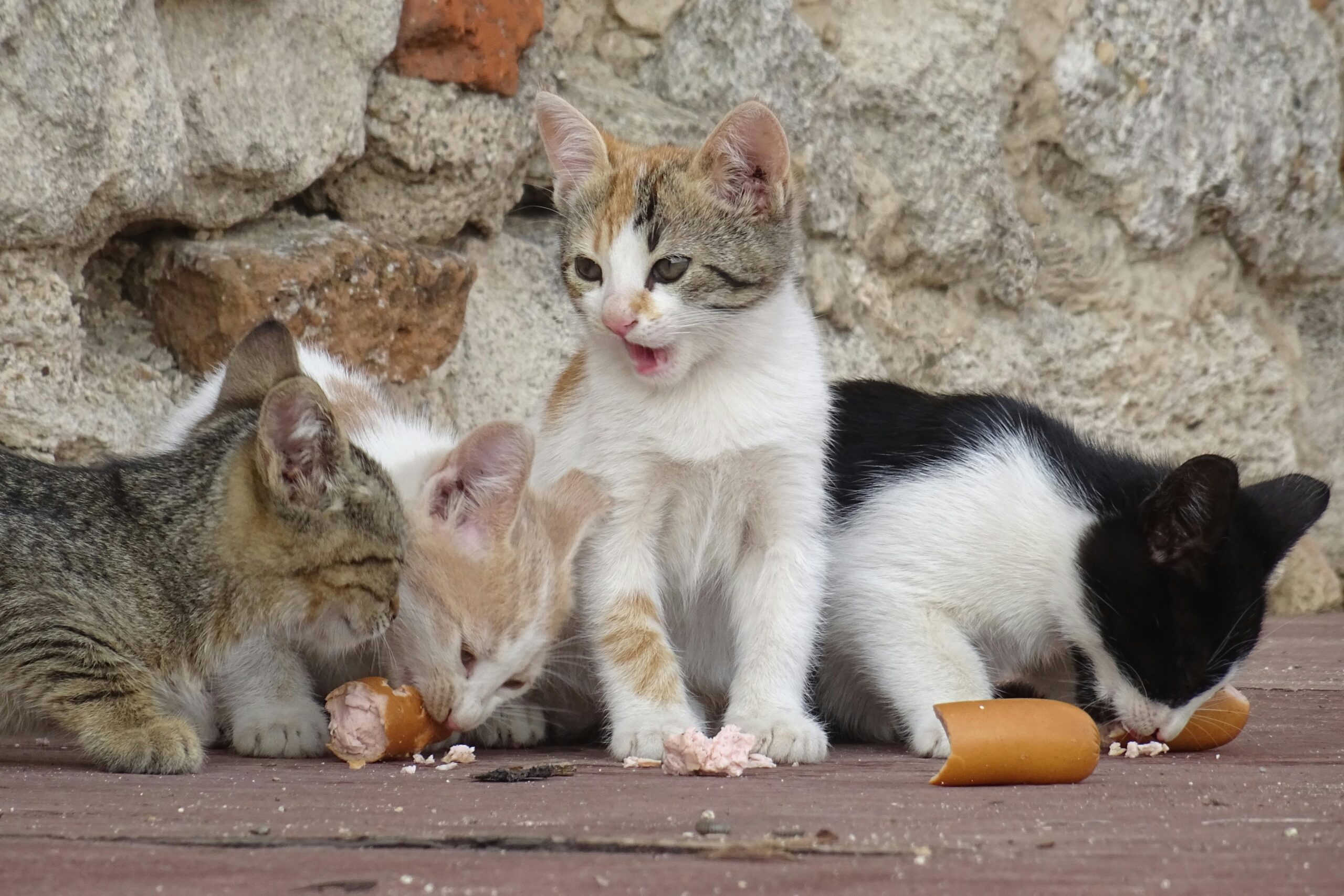Although, raising attempting to keep a tarantula pet can be a stimulating and rewarding activity, it nonetheless introduces specific trouble. Those wanting to raise tarantulas must be ready to manage their care needs, personal characteristics, and habitats. In this study, we will throughly examine the different issues confronted by people who want to care for tarantulas as pets.
Learning about Tarantula Character and Its Actions
attempting to keep a tarantula pet for behavioral characteristics are one of the initial challenges pet owners face. In opposition to regular pets, dogs and cats, tarantulas do not exhibit social characteristics of their own. They are singular animals and do not wish to interact with human beings. As a result, while some might think companionship or playfulness is forthcoming, they will quickly learn that tarantulas are mostly reclusive.
Handling and Interaction
While a number of tarantula fanciers handle their pets with pleasure, it’s important to acknowledge that a lot of species can be jittery or aggressive. A potential defensive bite—though seldom risky to people—can be a major issue. This leads to two main challenges:
Limited Interaction:
Owners might regret the little engagement they see. Tarantulas differ from other interactive pets, mostly because they commonly spend a high percentage of their time either lurking or making tunnels. Someone searching for a spirited pet can feel let down by this.
Handling Risks:
Those committed to managing their tarantulas need to ensure there is careful control of the risks to both the pet and the owner. An impact from a falling tarantula may cause the creature to suffer injuries, and even while bites are infrequent, they can frighten and cause anxiety in both the pet’s caretaker and the animal itself.

Building an Appropriate Environment
Finding the right surroundings for a tarantula is another difficulty. The specific habitat needs of tarantulas vary between species; a misstep in these requirements can cause either stress or health problems.
Temperature and Humidity
To remain healthy, tarantulas need exact levels of temperature and humidity that require ongoing maintenance.
Temperature:
Characteristic success for tarantulas is often in environments that are warm, generally lying between 75°F and 85°F (24°C and 29°C). In order to keep this temperature constant, it is the owners’ responsibility, probably involving specific heating machinery—especially in chillier areas.
Humidity:
A number of species have a particular requirement for humidity levels. A few may need high humidity, but others tend to do better in a more arid atmosphere. An insufficient amount of correct humidity can lead to a host of problems, including issues with moulting, dehydration, or potentially fungal infections.
Enclosure Setup
The enclosure itself must be appropriately sized and equipped with the right substrates and decorations:
Substrate:
The substrate has to resemble the natural habitat of the tarantula. As a case in point, burrowing species need a deep substrate for excavation, but arboreal species need climbing space that is vertical.
Hiding Spots:
Being hunted in their native habitats, tarantulas depend on places to take refuge. The welfare of the people greatly depends on the availability of hiding places, which could be either caves or plants generated by humans.
Ventilation:
An adequate supply of fresh air is important to stop mold and bacteria development. It is important for owners that their enclosure encourages adequate airflow, which may lead to challenges based on the design.
Feeding and Nutrition
Feeding a tarantula can seem straightforward, but it comes with its own challenges:
Diet Selection
For their health, a diverse diet is important because Tarantulas often consume insects.
Live Prey:
Owners who are uneasy about working with live insects may find it hard to feed most tarantulas, which require them as food. Also, it can be tricky to get hold of healthy, live prey on occasion.
Feeding Frequency:
The feeding frequencies experienced amongst various species may make it a lesson when figuring out how to feed your tarantula. Overfeeding can lead to obesity very much like underfeeding may produce malnutrition.
Observing Feeding Behavior
Sometimes, tarantulas exhibit tendency toward being finicky eaters. During molting, a few might experience fasting periods. Recent owners may find this troubling as they might wrongly think a lack of eating is a health issue. Understanding how the tarantula operates and detecting its usual times of fasting is critically important.
Molting and Health Concerns
Molting is a natural part of a tarantula’s life cycle and presents its own set of challenges:
The Molting Process
During growth, Tarantulas will lose their exoskeleton. This operation is likely to be both stressful and dangerous for the animal.
Environmental Factors:
Maintaining correct humidity is important during molting, because dry air can impact molting progress and cause incomplete sheds that can be lethal.
Signs of Molting:
New owners may find it hard to identify the signals that molting is approaching. Lethargy in addition to loss of appetite, are present along with substrate webbing. Over this period, minimizing handling should be the aim to help reduce stress.
Health Monitoring
It can be hard to monitor the health of your tarantula regularly, thanks to their hidden nature. Owners must learn to recognize signs of stress or illness, which can include:
Behavioral Changes:
Widely concealing oneself can signal either stresses or potential health issues.
Physical Symptoms:
Owners need to notice physical signals, comprising discoloration, inconsistent posture, or elevated webbing, that may reflect an existing health condition.
Financial Considerations
While tarantulas are often marketed as low-maintenance pets, there are financial considerations that can surprise new owners:






1 Comment
[…] the world, birds that exhibit both sociability and intelligence, such as cockatoos and parrots, are generally recognized. Thanks to their ability to preen their […]